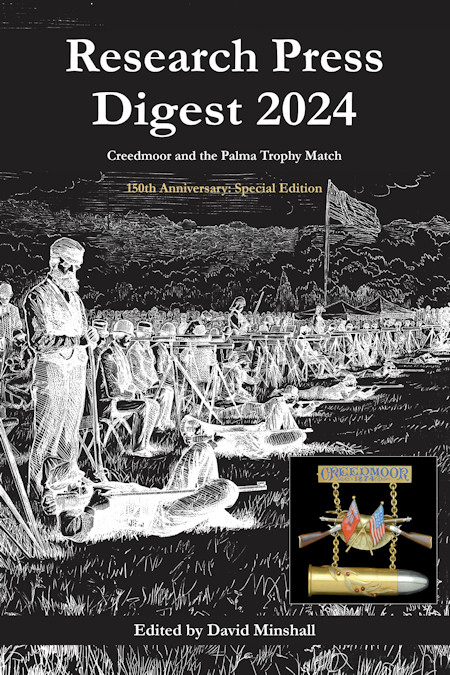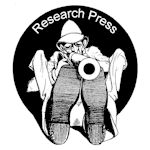George Gibbs, Bristol, England
Manufacturer of the muzzle loading Gibbs-Metford rifle and the breech loading Gibbs-Farquharson-Metford rifle.
- The Gibbs-Metford Rifle - William Metford's muzzle loading match rifle manufactured by George Gibbs was used in 1865 by Sir Henry Halford.
- Gibbs-Farquharson-Metford - The breech loading rifle manufactured by George Gibbs with action designed by John Farquharson and barrel by William Metford.
- Gibbs & Metford - Gibbs and Metford and the new Lee-Metford magazine rifle [1888].
- Obituary: George Gibbs - Notice of the death of George Gibbs in 1884.
- George Gibbs, Bristol - Trade directory entry from 1893.
- George Gibbs - Brief biographic information originally published in 1909.
"Death of Mr. George Gibbs. - We regret to announce the death, on June 19th, of Mr. George Gibbs, of Clifton, in his 72nd year. Mr. Gibbs was a Somersetshire man, having been born at Bishop’s Lydeard, near Taunton, in 1813. When a young man he became a capital shot, and remained so up to the last. In the infancy of the Volunteer movement Mr. Gibbs attached himself to the Bristol Rifle Corps, in which he took much interest, and was for some time Armoury-Sergeant. He was the sole manufacturer of the Metford rifle, and he himself effected many improvements in rifles, guns, &c" Volunteer Service Gazette, Saturday 12 July 1884
 Research Press Digest
Research Press Digest